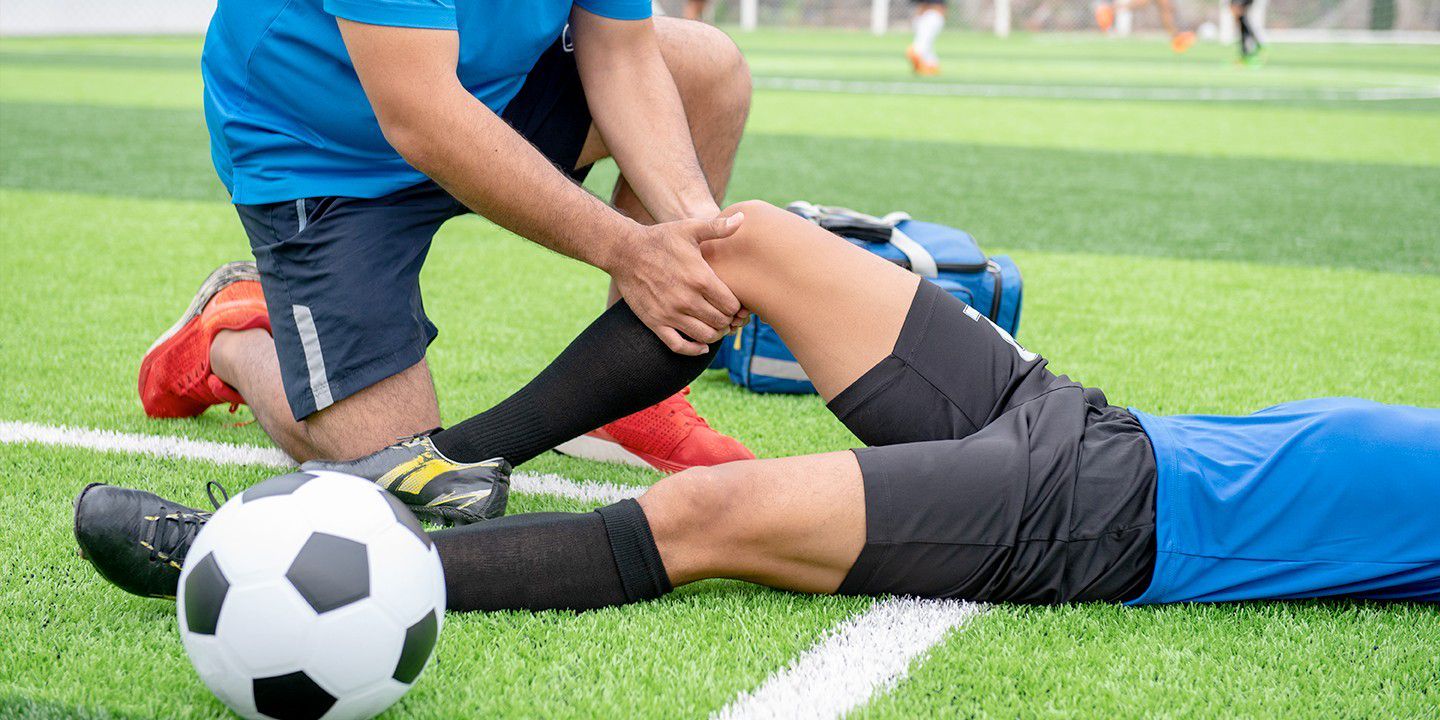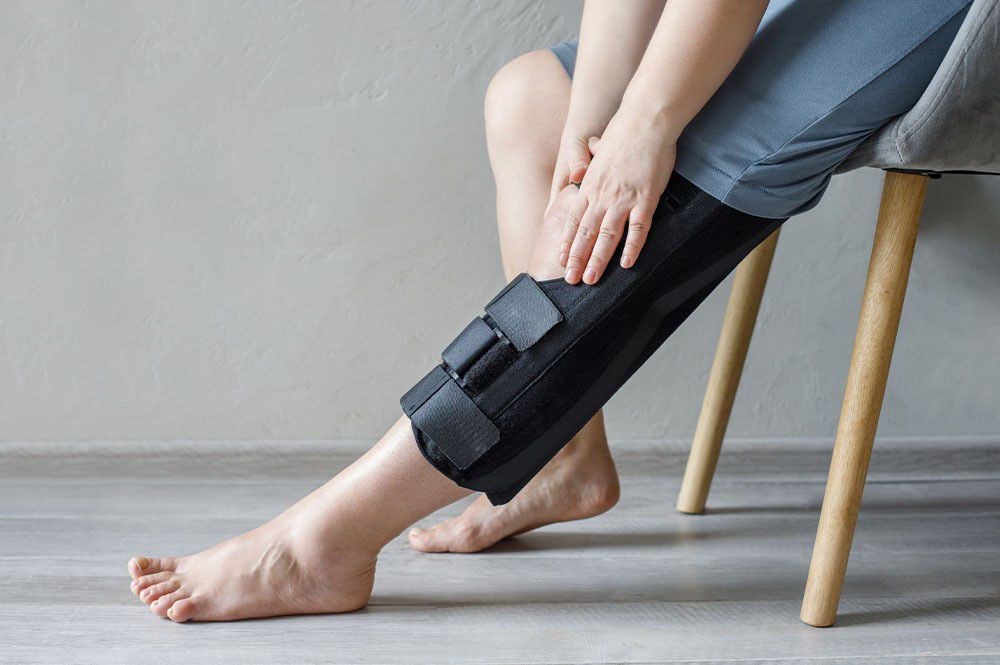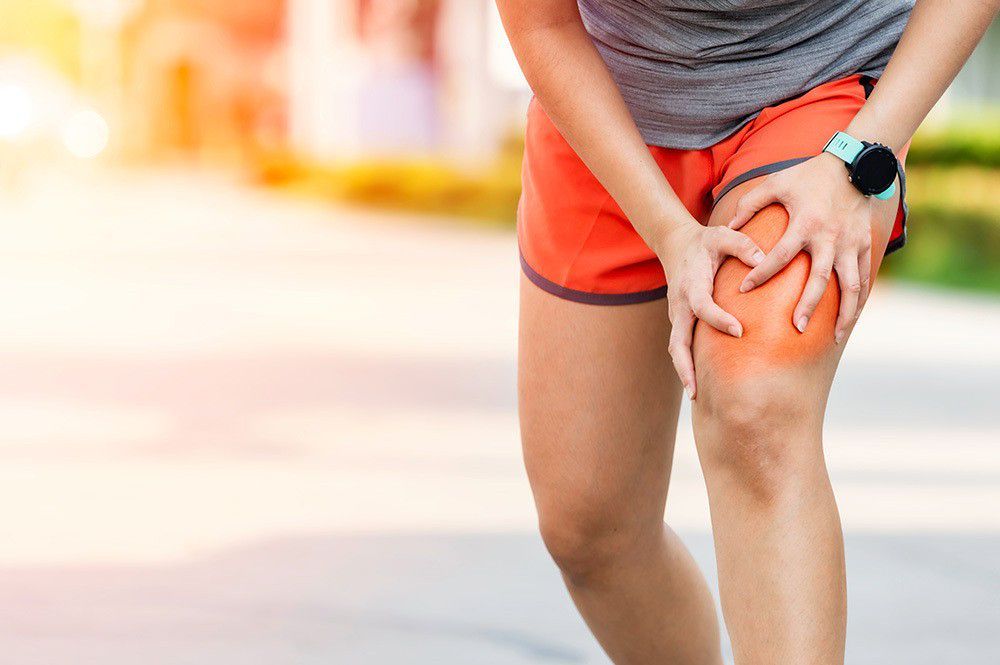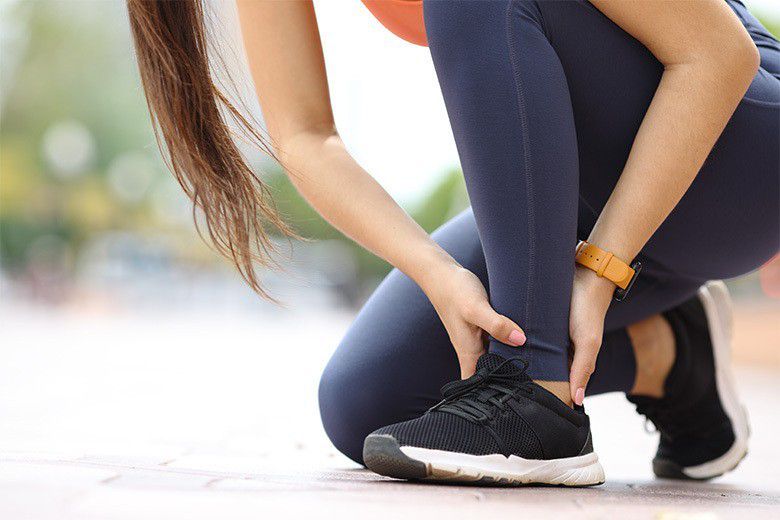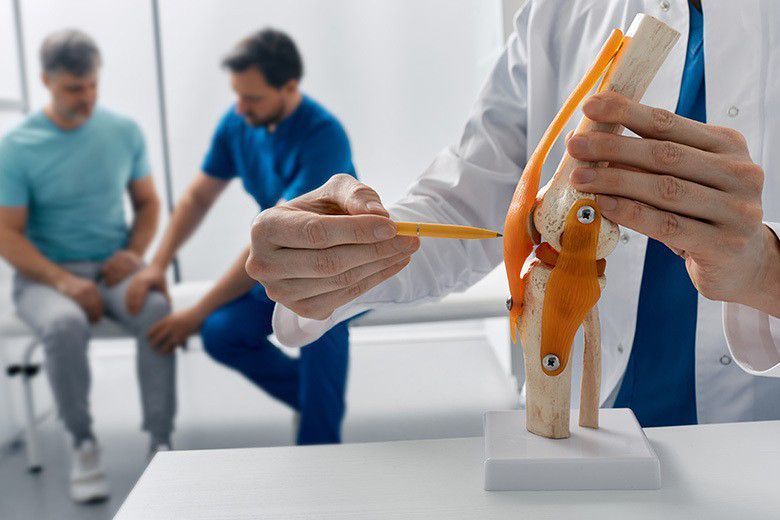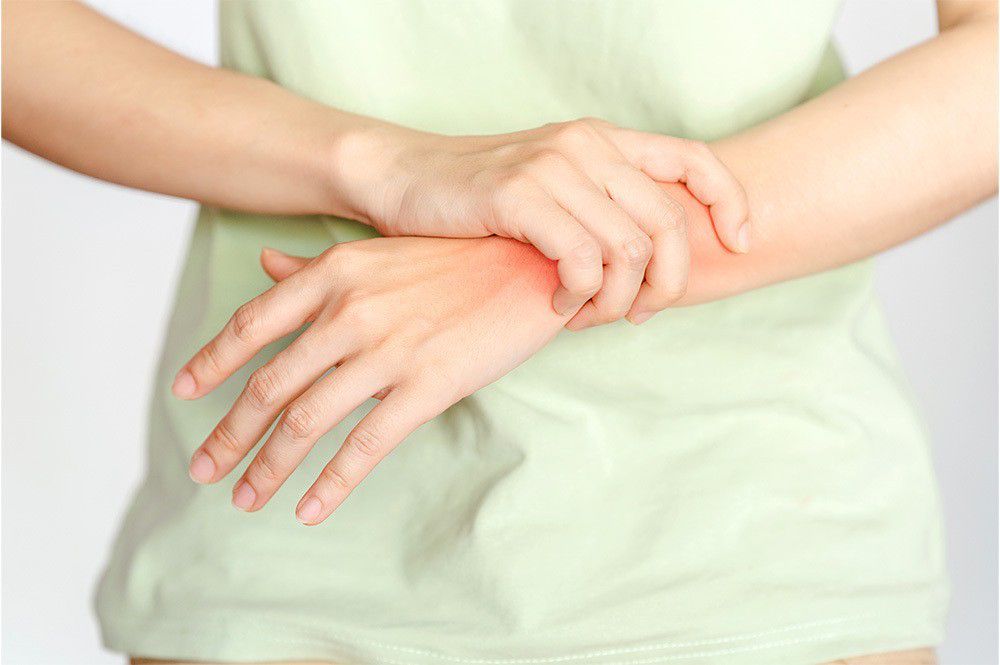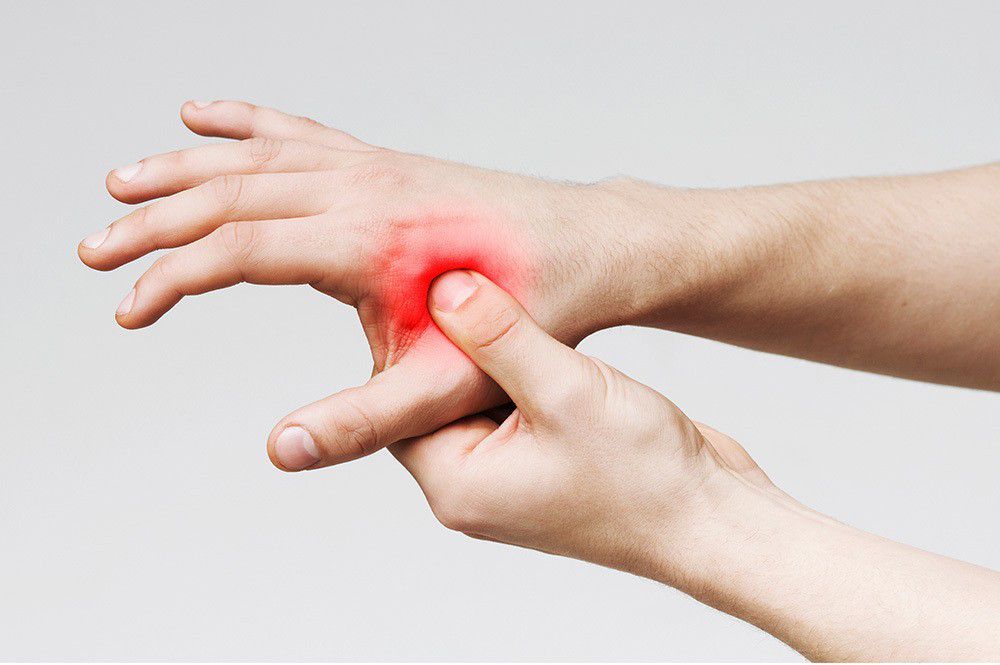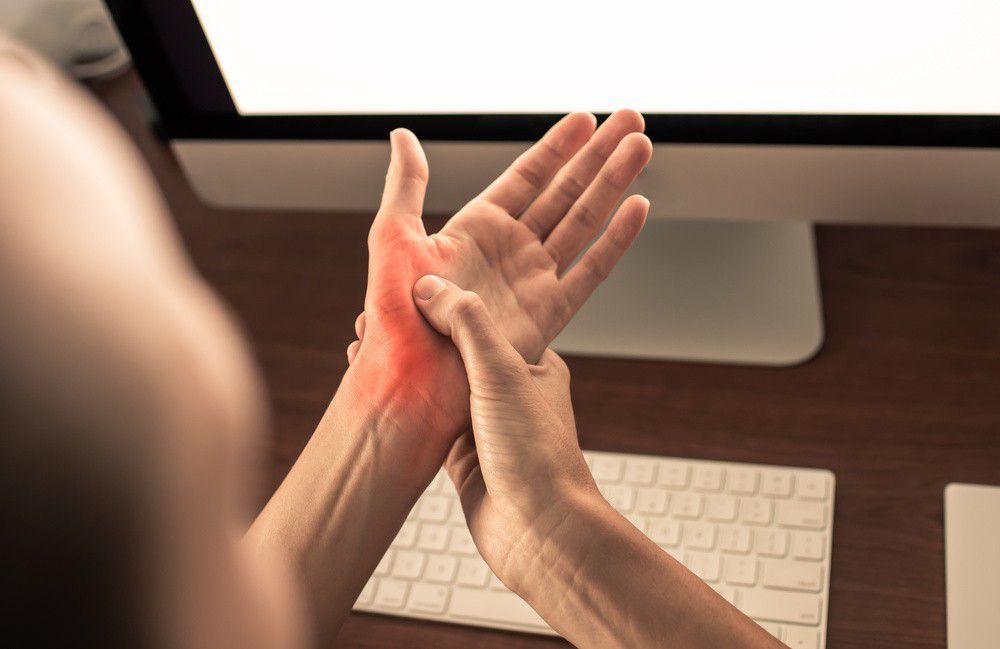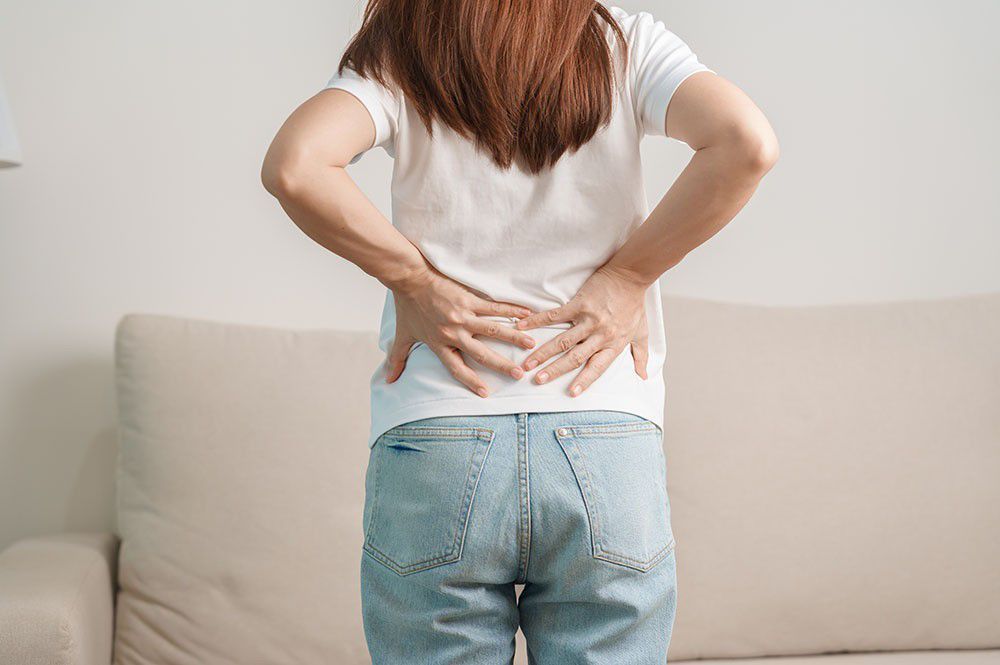
Lumbago: what is it and how is it treated?
Our spine is anatomically divided into three sections: cervical, thoracic, and lumbar. As the name suggests, the lumbar spine is located in the lumbar region. It consists of 5 lumbar vertebrae and their joints. The intervertebral discs, placed between the individual vertebral bodies, ensure the spine’s mobility. The intervertebral discs have a high water content […] read more






